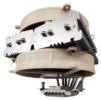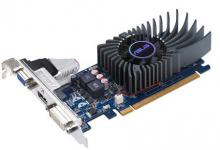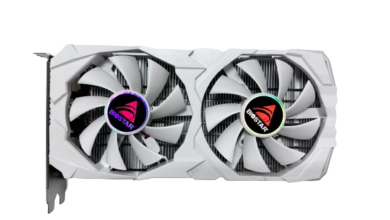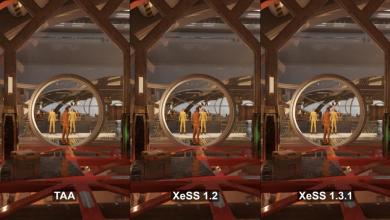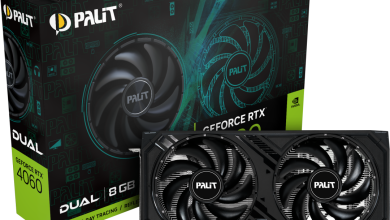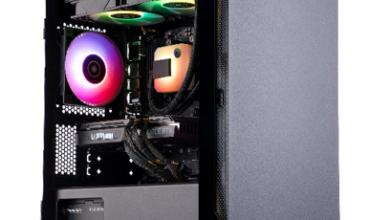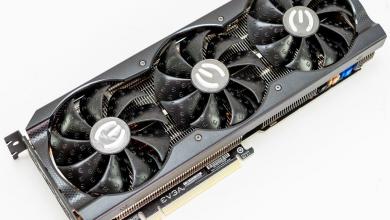ZOTAC GeForce GTX 650 TI Boost Edition
Final Thoughts and Conclusion
During the testing of the Zotac GeForce GTX 650 TI Boost I wondered how well it would run on older hardware. I have an older Asus P5Q Pro motherboard with an Intel Core2Quad 9550 with 8 GB ram. During the install my concerns were that the card wasn’t going to work with the older PCI-E bus. However, those thought were soon vanquished when I pressed the power button and I was whisked away to the Windows desktop. After installing the latest driver from Nvida and a reboot, I was good to go. I fired up steam and launched the BioShock Infinite benchmark tool. I set the settings to High in the tool and got back over 70 FPS. Very high returned 50 FPS and Ultra dropped down to around 40.
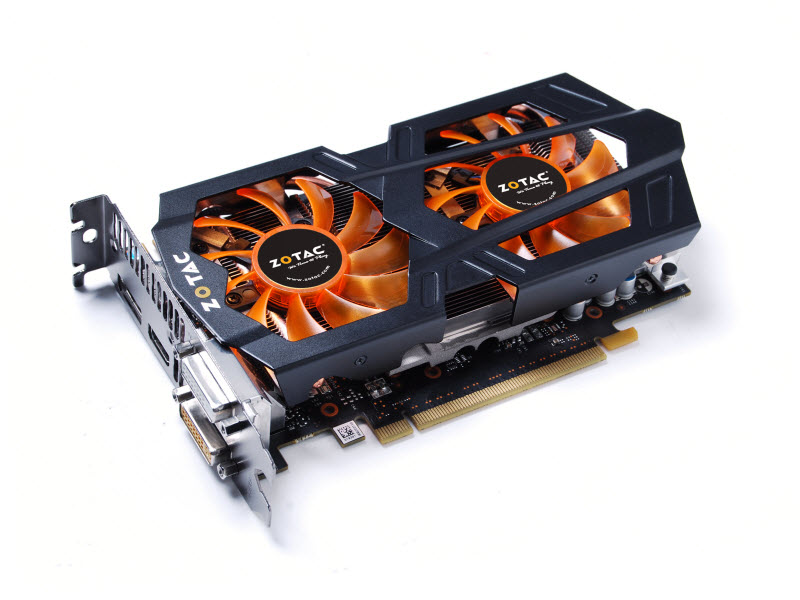 |
My first impression of the Zotac GeForce GTX 650 TI was “this is a tiny card”, but dynamite also comes in small packages. The 650 TI boost chipset differs from the standard 650 TI in a few ways. Firstly the 650 TI Boost enables SLI. This may not be a big deal to some however, I do know a few people that will buy one, then wait a few months then purchase another. Spending $320.00 at one time just seems to be a big hit to them. If they can spit the cost out over a few months that’s good for them. Secondly is the core clock, the 650 IT core clock is 941Mhz whereas the 650 TI boost edition base core clock is 993Mhz with a boost feature that bumps the clock up to 1059MHz. Finally the 650 TI boost edition features 2 GB of DDR 5 ram running at 6008Mhz and the standard 650 TI comes with 1 GB DDR 5 running at 5400 MHZ.
Currently in my gaming rig, I have two GTX 560 TI cards. When I game, thankfully I wear a headset because the fans sound like my PC is at the end of the runway ready for flight. The Zotac GeForce GTX 650 IT is quite silent when gaming. During the testing, I had the machine running in the background and didn’t really notice the sound. The cooling solution was designed to keep temperatures down as well as sound levels. During our testing I didn’t see the temperature on the card go over 75°C.
The Zotac GeForce GTX 650 TI Boost chewed through all the benchmarks and Crysis 3 met the challenge and made the card cry. While this card may not be able to handle every game at ultra settings, it is very capable of handling them at high or very high settings. This card retails for $169.99 from various online retailers. The new Kepler Architecture increase performance while at the same time reducing power consumption. This card aims at the mid-level gamer, the gamers who want to spend under $250.00 on their graphics card but still want to be able to game at 1900×1080 with high image quality and this card does It, and does it well.
 |
